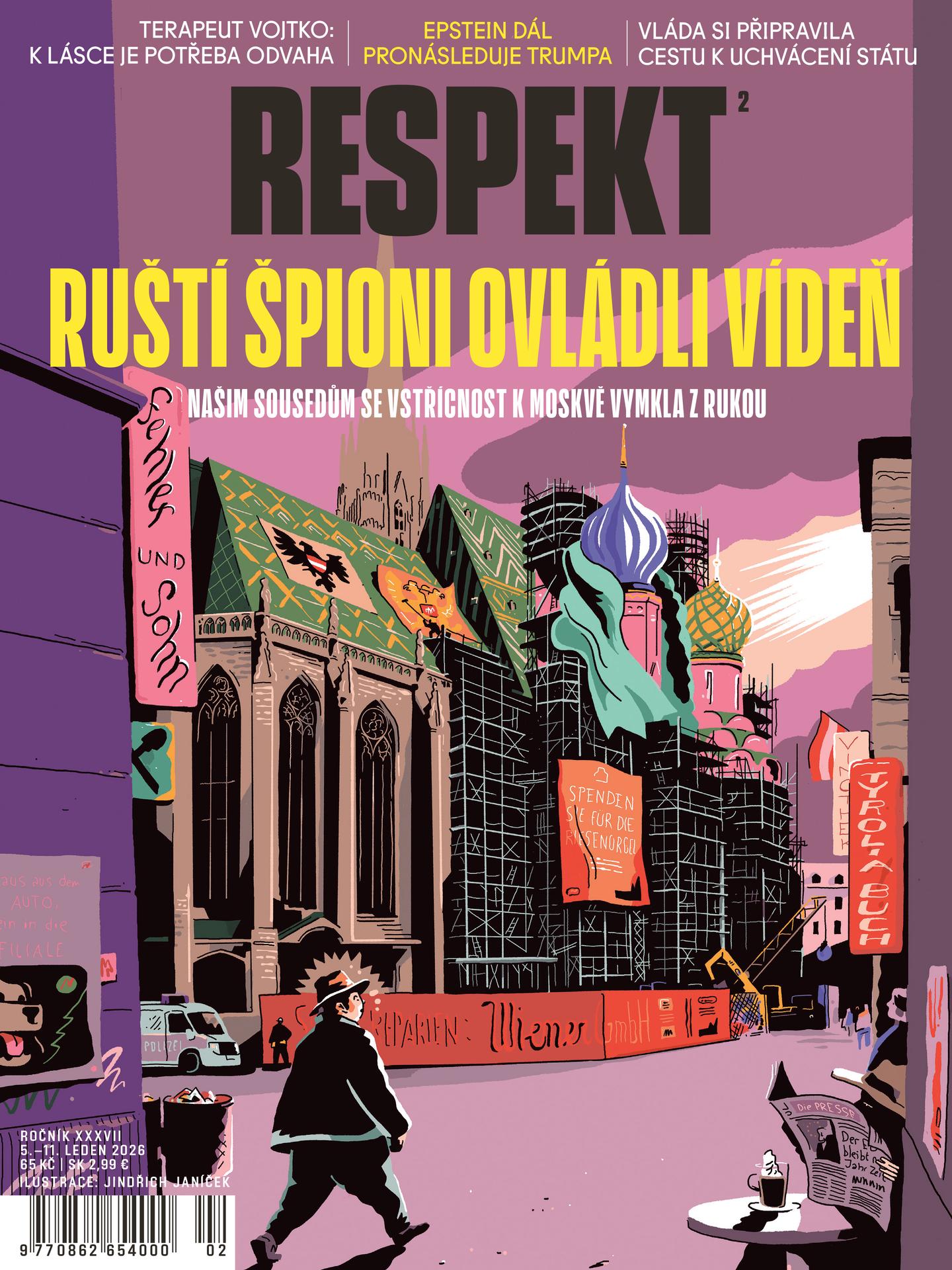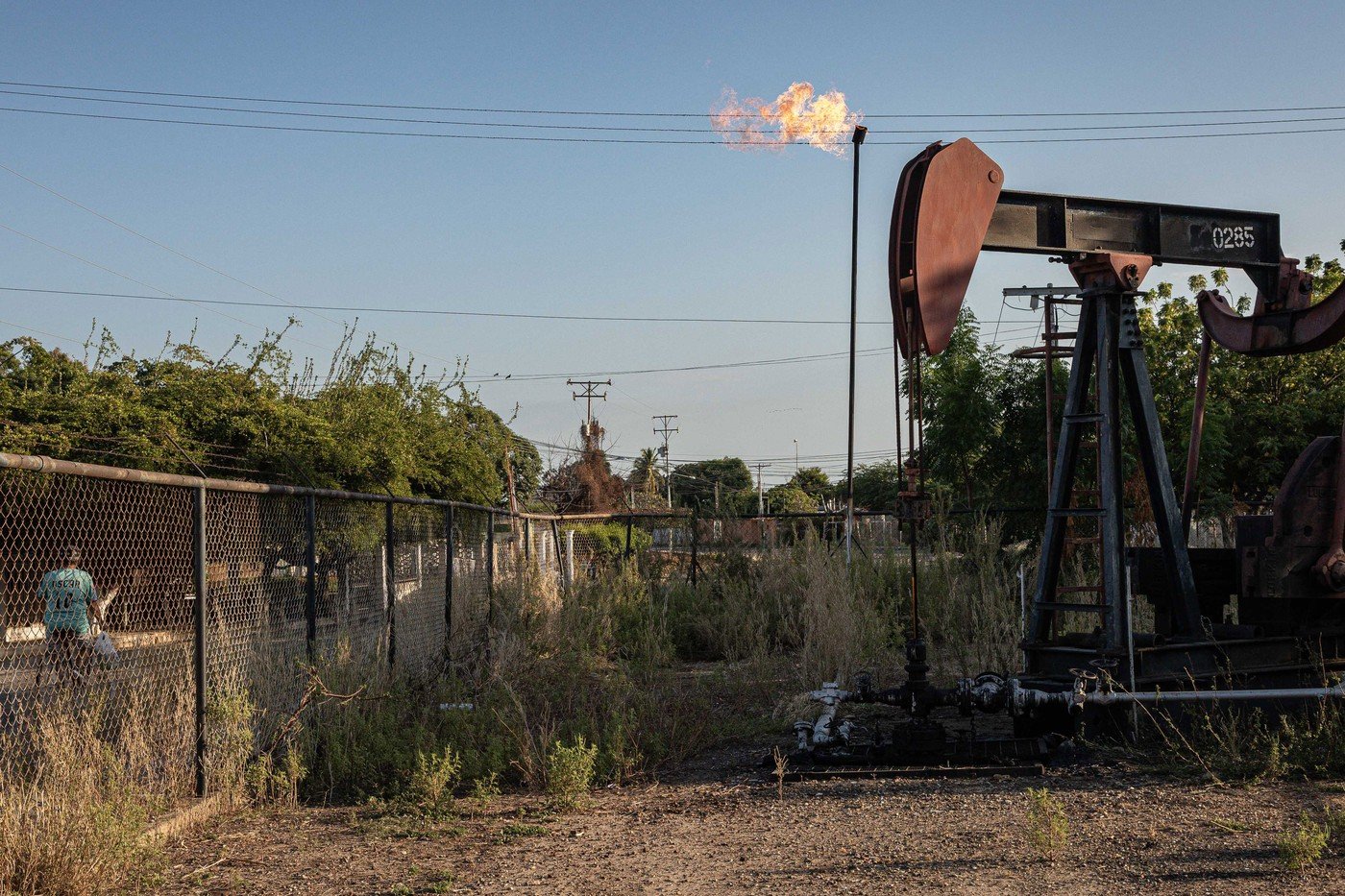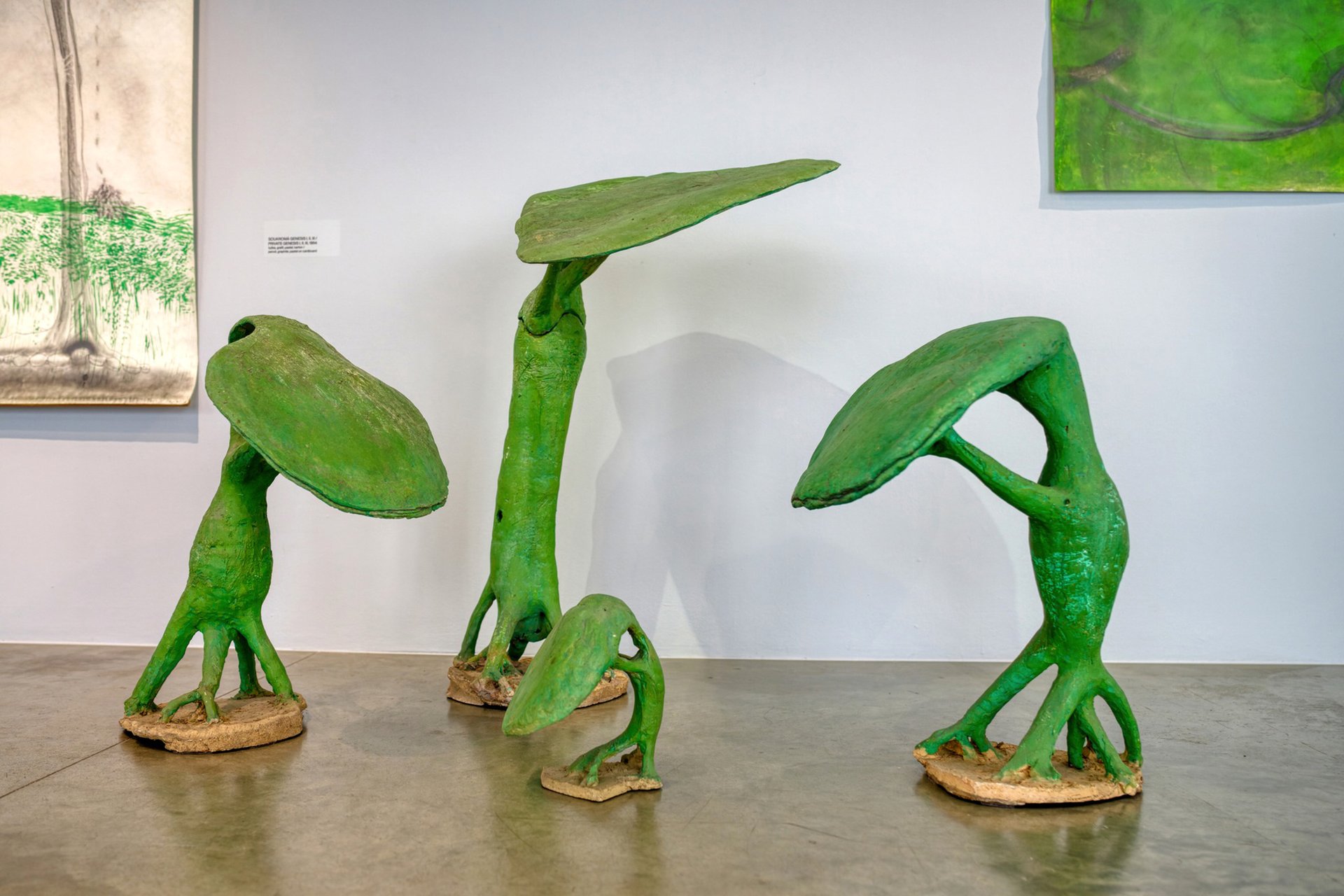Don't Take Our Boxes Away From Us
Conservationists oppose the demolition of Communist-era buildings, worried that their replacements will be worse

The debate over which Communist-era buildings to tear down and which to preserve is a never-ending story. No building constructed under the old regime is necessarily bad or associated with past horrors. Some, in fact, deserve respect. The Czech National Heritage Conservation Institute is currently preparing a list of post-World War II buildings to be preserved for future generations.
But conservation isn't an issue solely for preservationists and historians. The Česká Lípa city council has recently organized an online referendum on the fate of the Banco supermarket building, originally known as Uran. The citizens of Česká Lípa will thus help decide whether this unique building will be preserved. The citizens of the city of Plzeň (Pilsen) are also taking part in a similar process. In an effort to preserve the city's former cultural center, they sent emails to the local authorities protesting its demolition. The structure, completed in 1986, is, however, despised by many, earning it the nickname „Dům hrůzy u Radbuzy“ („The House of Horrors by the River Radbuza“).

Many Communist-era structures may be ugly and worthy of demolition but, unlike some contemporary buildings, at least they have some kind of personality.
Uranium Klondike
The discovery of uranium near Česká Lípa attracted thousands of people to the city between 1970 and 1990. The need to provide for all the newcomers resulted in the building of housing projects (the infamous Czech paneláks) plus several other structures, including a shopping mall called „Uran“ (Czech for „uranium“). It is a simple box-like building with hardly any windows, with a facade of brown ceramic tiles. In fact, its beauty lies in its simplicity, its well-balanced proportions and its unusual use of round windows.
The current owner's decision to tear the building down prompted locals, among them architects and historians, to complain to the mayor, Hana Moudrá, who doesn't take much interest in architecture herself. „I don't see anything special about the building,“ says Moudrá frankly. „It is a plain box for me.“ Despite this, the Czech Chamber of Architects has recommended that the building be included on its protected list.
Jitka Kubištová, the author of a thesis on Česká Lípa's architecture, takes the opposite view to Moudrá. „It was in line with world trends at that time – both postmodernism and neo-functionalism,“ she says. „Not many buildings in Česká Lípa have been featured in an international architecture magazine and this one was. Only a year after Uran was completed (1984), the architecture magazine Casabella wrote an article about it.“
Uran's architect, Emil Přikryl, is regarded as an original talent, and has a large following among young architecture students. Unfortunately, out of his proposals, only three buildings have been realized and for 20 years he has been teaching young architects at Prague's Academy of Art (Akademie výtvarných umění). His students are also fighting to save the Uran building. For young people, such buildings don't bring back terrible memories of life under Communism but simply represent a certain period of history.
The demolition order has already been signed, however, and only the Culture Ministry can decide whether Uran should become a protected building of historic significance. If not, the owner can start tearing it down. „We have commissioned an analysis and we will make a decision in September,“ says Petr Báša of MPP Alfa, a real estate developer with no incentive to match Emil Přikryl's architectural creativity. Instead, the company will follow the rules set out by the town's zoning scheme, which stipulates only that the new building must have the same parameters as the old one.
House of Horror
To appreciate Plzeň's „House of Horrors“ requires some effort. It is a giant castle made of cement, with an edged facade that gives the building a somewhat aggressive look. The project was started in the 1970s but construction was only completed in 1986, by which time the design was largely obsolete. By that time, the world had fallen in love with postmodern architecture, leaving the Plzeň building with an unmistakable 1970s look. Despite this, its fans have proposed that the Culture Ministry include the building on its protected list. Amadeus, the company that owns the building, has already begun the demolition process, however.
The „House of Horrors“ is deemed to be of an extraordinary design but many experts see it as a product of architectural conformity rather than innovation. Professor Rostislav Švácha, who backs the protection of several other Communist-era buildings, including the Kotva and Máj department stores in Prague and Uran in Česká Lípa, doesn't think it deserves protected status. Nor does Plzeň's branch of the National Heritage Conservation Institute regard the building as significant. Only two of its eight members voted for its protection. „It is surely better than what may come next,“ says Pavel Domanický of the National Heritage Conservation Institute, who voted in favor of its protection. He thinks it is better to preserve Communist-era buildings in cases where there's no guarantee that the buildings that replace them will be of a higher quality. With the „House of Horrors“, it's unlikely that that will be the case.
The socialist castle could, for example, be replaced by a capitalist monolith: Plzeň plans to build a giant shopping mall on the site between the Radbuza river and Americká street. „The proposed construction [the mall] isn't of adequate architectural quality given its location, in the downtown area of a regional capital,“ says Domanický. For a year, Plzeň's authorities promised they would organize a tender to select a design for the mall. Eventually, however, the investor couldn't wait any longer and has launched its own project.
Unlike the „House of Horrors“ in Plzeň, the Uran shopping mall and the adjacent Crystal cultural center (designed by Jiří Suchomel) give the city of Česká Lípa a certain kind of personality. It's hard to say whether new buildings would do the same.
Shortened and translated by Naďa Straková
Pokud jste v článku našli chybu, napište nám prosím na [email protected].










